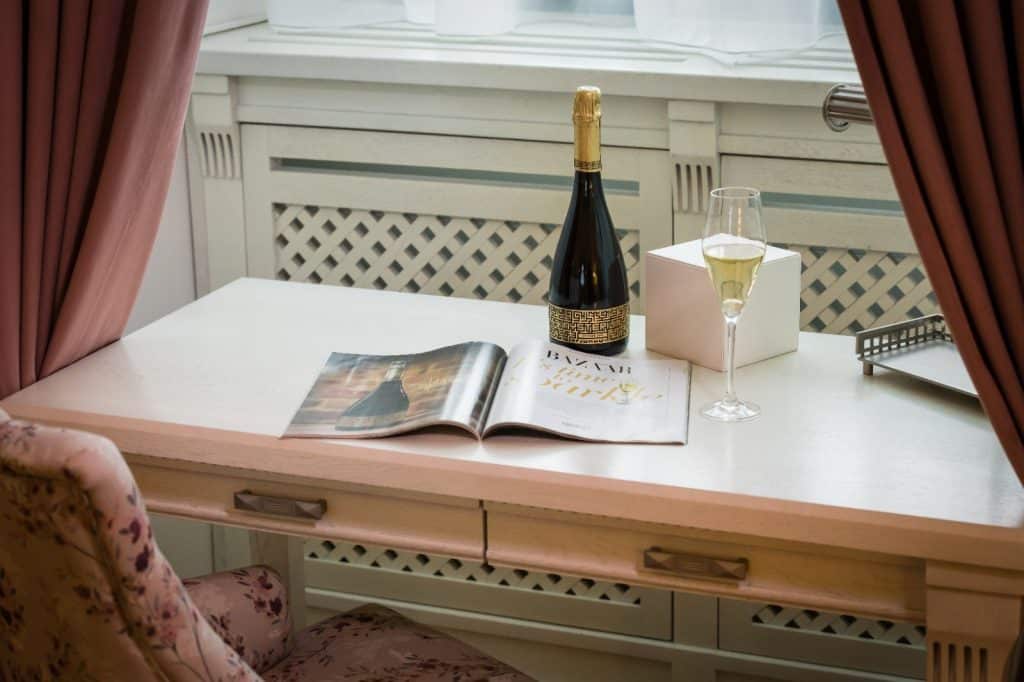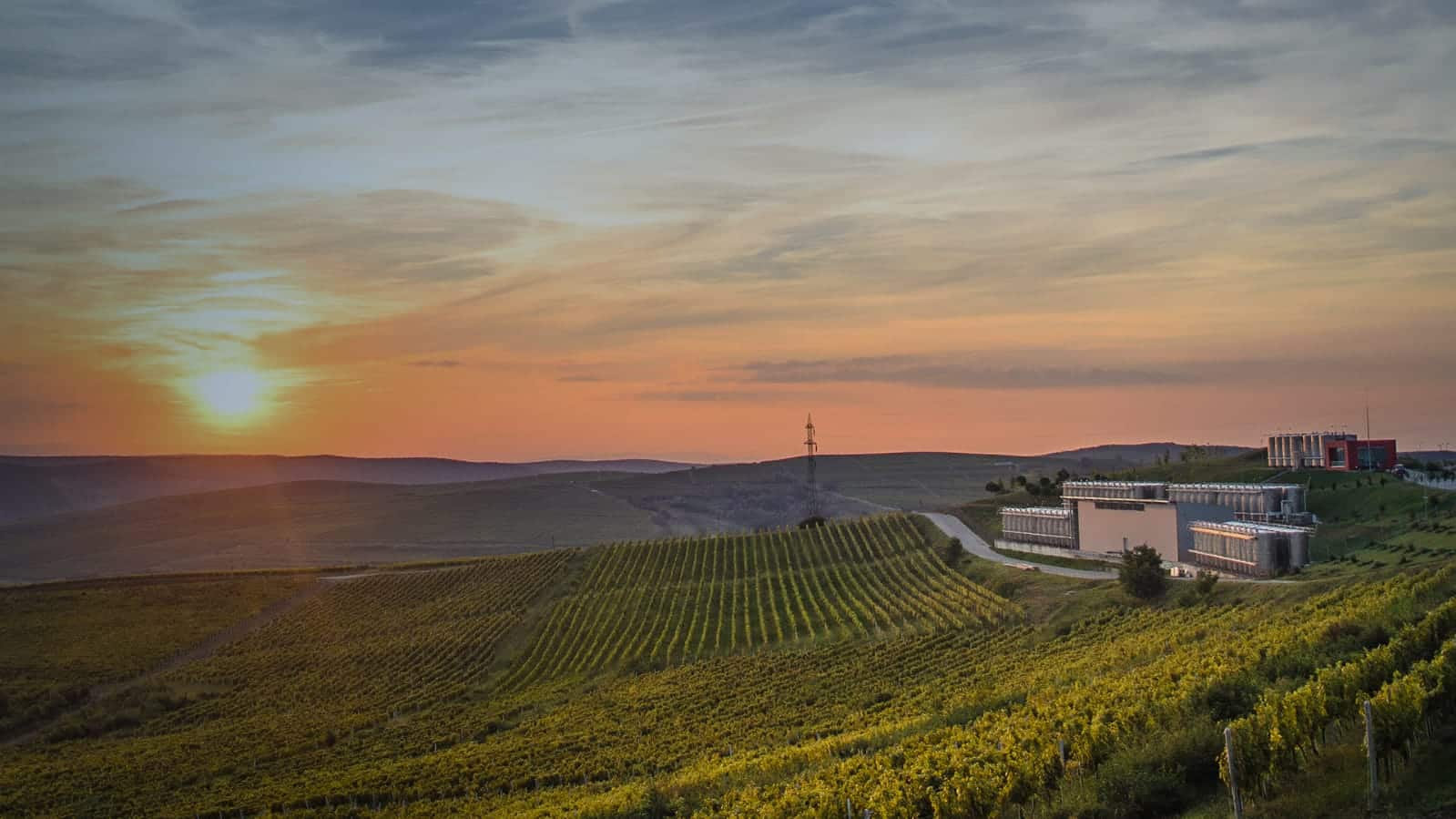For a long time it was believed that Feteasca Regala la appeared as a result of hybridization between varieties Feteasca Alba and Grasa.According to the latest data contained in the VIVC International Passport, the reality is different
International Passport, the reality is different The existence of viticulture in Transylvania, a land of fairytale fortresses and Saxon fortified churches, is documented since ancient times. The Country of Wine (Weinland) or "The Land of Gold and Must" – as the Saxons called these lands – means more than perfect wines in the heart of Transylvania. The Wine Country is a millenary experience accumulated and kept from generation to generation so that today we can taste in a glass the „story of a tradition".
Grafting for replanting Europe
The names of two families from Mediasene – Ambrosi and Caspari – are closely linked to the wine tradition of the area, as well as to the further development and modernization of this field by introducing scientific innovations in the cultivation and winemaking methods practiced by the Saxons for many centuries in the Tarnave Vineyard. Friedrich Caspari and Michael Ambrosi Jr. wrote an important page in the history of wine, contributing to the grafting of the vines used to replant Europe, after the phylloxera had deserted the vineyards.
A royal meeting
The representative variety of Pogdoria Tarnave – Feteasca Regala – also known as Danasana, Galbena de Ardeal or Fetita, Fetita de Ardeal, was for the first time identified in Danes, Sibiu County, at about 45 km from Jidvei. It seems that the name of "Feteasca Regala" was given by the legendary producer michael Ambrosi Jr., after a visit of King Ferdinand in which he was impressed by ambrosi’s wine. At the Exhibition and Fair of Samples of the Romanian Industry, Bucharest – 1921, the wine was tasted by His Majesty Ferdinand I himself, and in honor of His Majesty, the variety was namedFeteasca Regala. The episode is narrated by the Economic Courier, a publication from Dej, in the issue of October 15, 1928. We reproduce it, respecting the spelling and the spelling of the time: This grape variety and ‘got its name from there, that King Ferdinand at an agricultural exhibition tasted his wine, and was interested in the name. The attendants told her that "little girl". Where he has risen so far, the king asked. In Transylvania. And so far she’s been the name of the little girl. Then let’s stay his name said the king. But Ambrosi the grower of this grape variety being omculant since starting he called "the emperor’s girl" this grape variety. Her original name is the emperor’s daughter from Danos. It is the middle variety between the little girl and the jardovany and in a lucky way meets the good qualities of both of them. .
For a long time it was believed that Feteasca Regala appeared as a result of the hybridization between the Feteasca Alba and Grasa, but, according to the latest data contained in the VIVC International Passport, Feteasca Regala is the result of the natural hybridization between the Feteasca Alba si Francusa. The latest data from the VIVC catalog attest that Romania is the largest cultivator of Feteasca Regala (12,216 ha), according to onvpv.
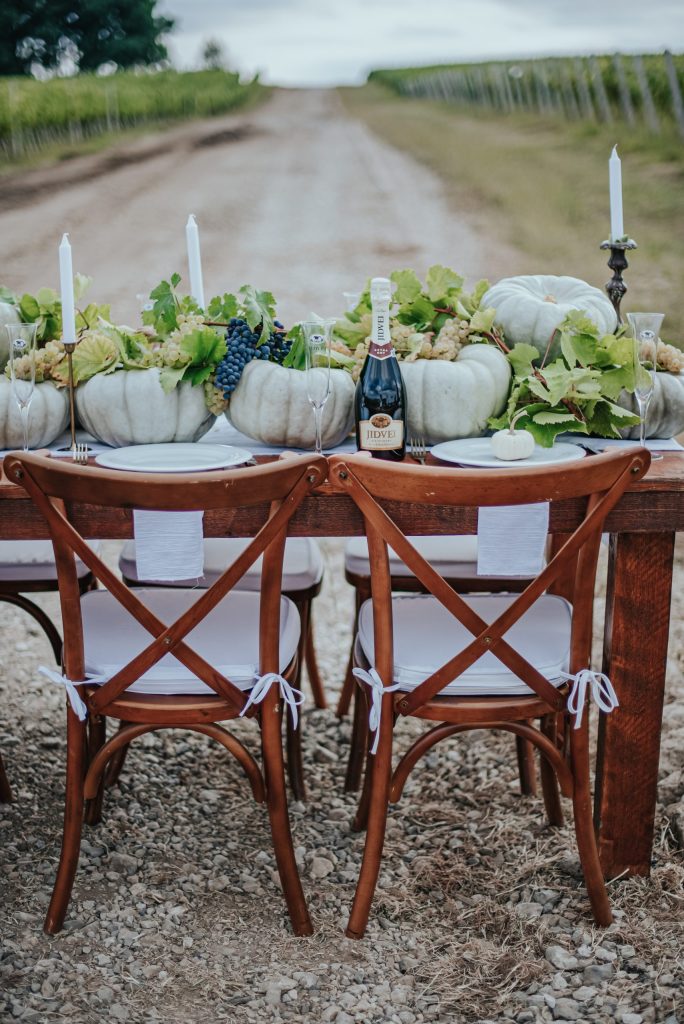
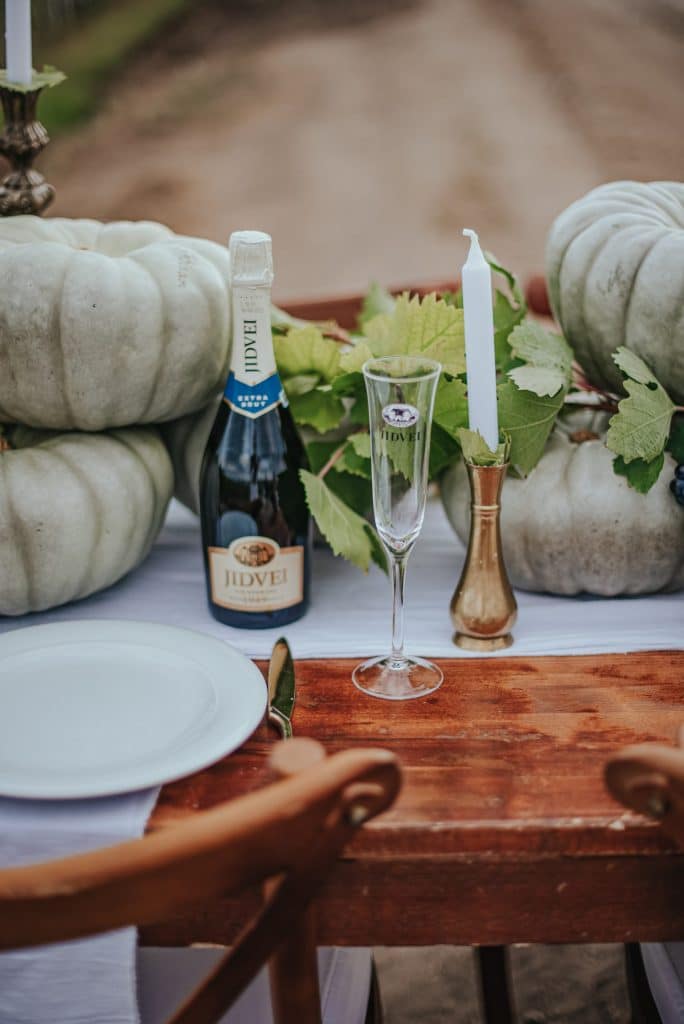
65 medals
The largest producer of Feteasca Regala in Romania is Jidvei, with an area of 738 hectares cultivated with this variety. Over time, Jidvei wines produced from n Feteasca Regala have been awarded with over 65 medals at the most important national and international competitions. One of the remarkable preformations was the Great Gold Medal obtained by the wine cellar,, Feteasca Regala 2009, at thethe World Concours de Bruxelles in 2019. Also, in 2021, Classic Feteasca Regala and Traditional Feteasca Regala won the Silver medal, respectively the Diamond award, at the Femmes et Vins du Monde competition held in Monaco.
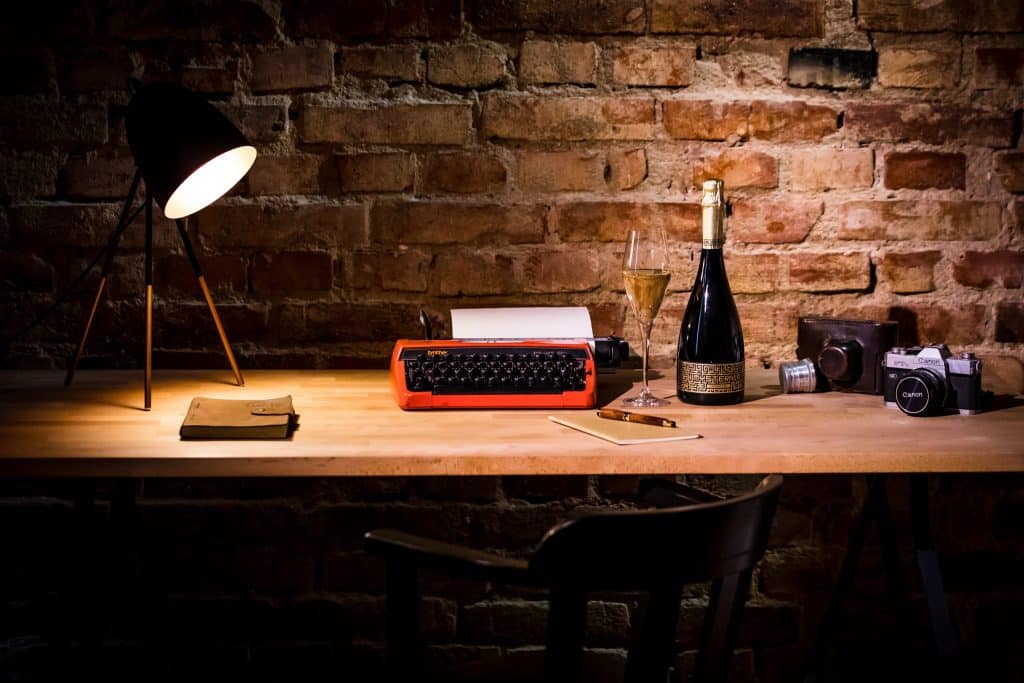
A significant portfolio
Jidvei’s portfolio includes two wines made exclusively from Feteasca Regala – Traditional and Classic – as well as two blends that capture and highlight the undeniable qualities of this variety – Tezaur Feteasca Regala+Sauvignon Blanc and Tezaur Feteasca Regala+Muscat Ottonel. Also, in order to add a distinct and authentic touch to jidvei sparkling wines, along with classic varieties used to produce sparkling wines, Chardonnay amd Pinot Noir, they were joined Feteasca Regala. At Jidvei are produced, for over 60 years, sparkling wines obtained according to the traditional method. Jidvei Extra Brut and Extra Dry sparkling wines and Mysterium Brut Vintage 2017 harmoniously combine the acidity specific to Tarnave Vineyard with fresh flavors and autolysis notes, resulting in special sparkling wines that delight with naturalness and freshness.
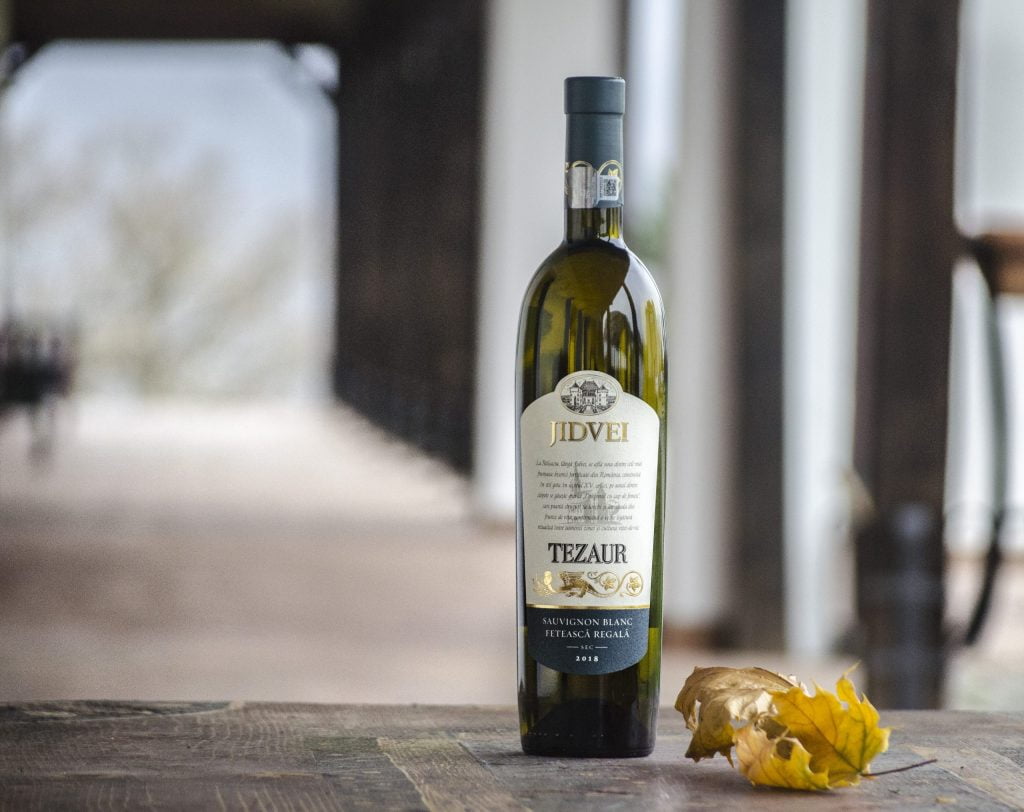
Versatile wines, enormous potential
The potential of this grape variety is very high because the wines obtained are extremely versatile. Depending on the way of winemaking, you can produce wines full of freshness, crispy, with delicate aromas of field flowers or well-structured wines, with potential for aging in glass and / or baric – with a complex bouquet that abounds in flavors of honey, ripe fruits and oxidative shades. Here are some descriptions of some wines recommended by WINES OF ROMANIA:
Classic Feteasca Regala, light yellow-golden color, is a clear and bright wine. The well-defined aromas of apricots and juicy peaches and the high natural acidity, specific to the Tarnave Vineyard, give this wine flavor and freshness, everything being complemented by a post-taste reminiscent of the nectar of honeysuckle flowers.
Traditional Feteasca Regala is a pleasant wine, characterized by freshness and balance, which highlights the aromatic delicacy of the Romanian variety. It is distinguished by discreet floral notes and aromas of yellow apples and pears.
Jidvei Extra Brut harmoniously combines balanced acidity with fresh aromas of green and citrus apple, resulting in a special sparkling wine that delights with naturalness and freshness. The fine and at the same time persistent pearl is complemented by the notes of field flowers and aromatic herbs and the minerality characteristic of the Tarnave vineyard.
Sparkling wine Jidvei Extra Dry is obtained from Feteasca Regala, Chardonnay and Pinot Noir, the typicality of each variety being found in the expressive and fresh bouquet of this effervescent, straw-yellow blend. Full of character, Jidvei Extra Dry is distinguished by its fine and persistent pearling, floral and autolysis notes – bread, as well as by the aromas of peach, pear and citrus.
Mysterium Brut Vintage 2017, a sparkling wine of straw-yellow color, with a remarkable effervescence and a fine and persistent pearl, obtained according to the traditional method from the Pinot Noir, Chardonnay si Feteasca Regala.Mysterium Brut opens olfactory with intense notes specific to autolysis – fresh bread taken out of the oven, croissant au beurre – complemented by suave white acacia flowers. The taste is fresh and refreshing, with pleasant aromas of muffins and subtle tones of dried herbs.
Material published with the support of pr department Jidvei.
